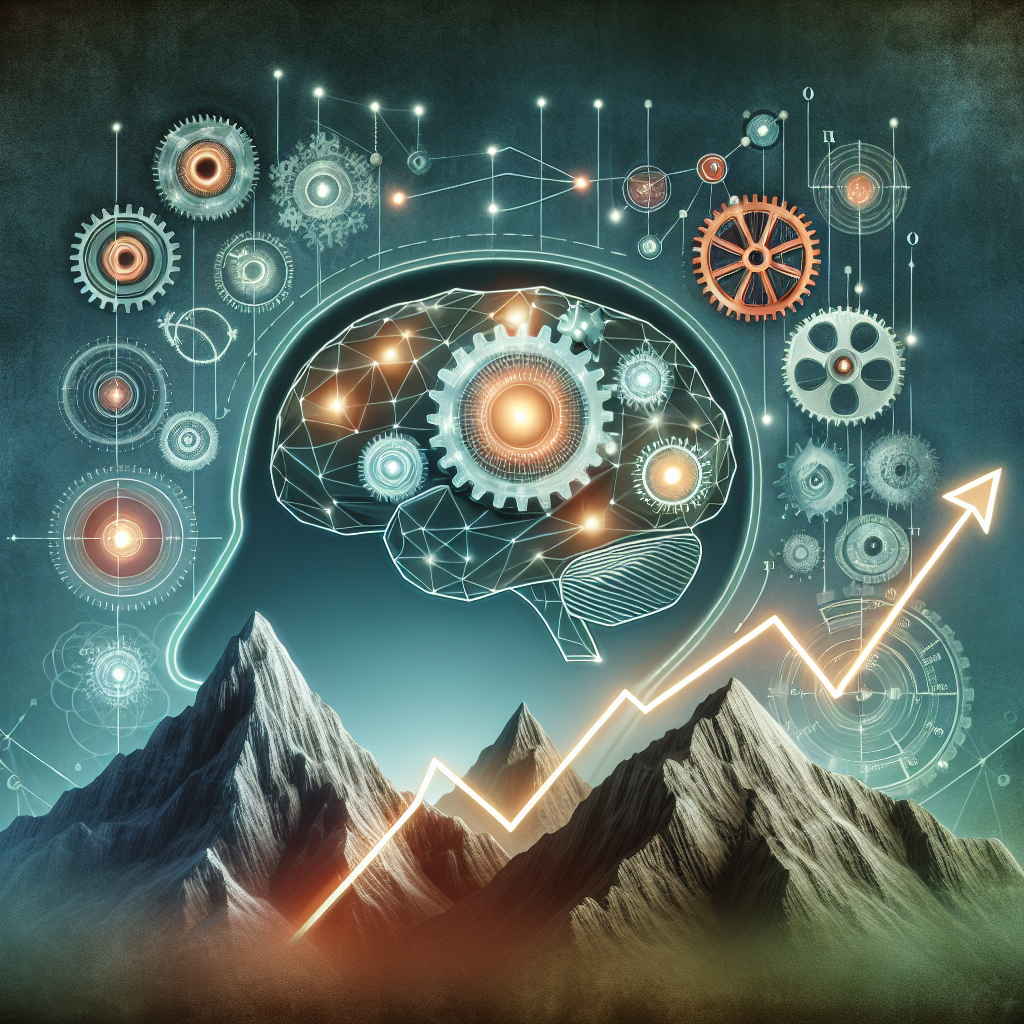Introduction
In an era where personal growth and achievement are becoming paramount, understanding what fuels our ambitions is more relevant than ever. The Science of Drive: Exploring Key Theories of Motivation unravels the psychological complexities behind why we pursue our goals with fervor, while also illuminating pathways to harness this innate drive for success. Whether you’re striving for self-improvement, workplace excellence, or academic success, grasping these theories can profoundly impact your journey.
The Power of Motivation
Motivation is not merely a fleeting feeling; it manifests as a driving force within us that propels our actions. This article delves into the core theories of motivation, revealing their applications through engaging case studies and insights that resonate universally.
Theories of Motivation
1. Maslow’s Hierarchy of Needs
Abraham Maslow introduced one of the most widely recognized frameworks in psychology: the Hierarchy of Needs. It comprises five levels:
- Physiological Needs: Basic survival needs such as food, water, and shelter.
- Safety Needs: The need for security and protection.
- Love and Belonging: Social connections and relationships.
- Esteem Needs: Recognition and self-worth.
- Self-Actualization: Achieving one’s potential.
Case Study: Google’s Employee Satisfaction Programs
Google serves as a remarkable example of these principles in action. By addressing the physiological and safety needs of its employees—offering free meals, health programs, and safe work environments—Google nurtures a culture of belonging and esteem. This, in turn, drives employees toward self-actualization, culminating in innovation and productivity.
2. Self-Determination Theory (SDT)
Developed by psychologists Edward Deci and Richard Ryan, Self-Determination Theory posits that people are motivated by three innate needs: autonomy, competence, and relatedness.
- Autonomy: The desire to steer one’s own life.
- Competence: The need to master skills and effectively handle challenges.
- Relatedness: The need to connect with others and feel part of a community.
Case Study: Zappos and the Role of Autonomy
Zappos exemplifies SDT through its empowered workforce. Employees are encouraged to take initiative in customer service, fostering a sense of ownership that enhances job satisfaction and productivity. This autonomy directly correlates to higher motivation levels, demonstrating the efficacy of SDT in a real-world context.
3. Expectancy Theory
Expectancy Theory, proposed by Victor Vroom, suggests that motivation is the result of an individual’s expectation that their efforts will lead to desired outcomes. The theory is articulated through three components:
- Expectancy: Belief that effort will lead to performance.
- Instrumentality: The belief that performance will lead to rewards.
- Valence: The value placed on the expected reward.
Case Study: Sales Incentives at Salesforce
Salesforce successfully utilizes Expectancy Theory by clearly connecting individual performance to tangible rewards. Their structured commission system motivates sales staff to work towards specific targets, showing how expectations can drive ambitious behaviors.
4. Goal Setting Theory
Locke and Latham’s Goal Setting Theory posits that specific and challenging goals, along with feedback, contribute to higher performance.
- Specificity: Clear goals lead to better outcomes.
- Challenge: Difficult yet attainable goals foster motivation.
- Feedback: Provides a roadmap for improvement.
Case Study: SMART Goals in Tech Startups
Many tech startups implement SMART (Specific, Measurable, Achievable, Relevant, Time-bound) goals to promote team alignment and motivation. Companies that incorporate these principles see marked increases in productivity and employee satisfaction, illustrating the effectiveness of goal setting in different contexts.
5. The Drive Theory of Motivation
The Drive Theory suggests that human behavior is driven by physiological needs that create an uncomfortable state (a "drive") that we seek to alleviate. The primary drives include hunger, thirst, and sexual desire.
Case Study: Healthy Fast Food Chains
Chains like Sweetgreen focus on alleviating the drive for nutritious meals, catering to health-conscious individuals who desire quick yet healthy options. This service addresses the physiological need for sustenance while appealing to wellness-focused consumer trends, showcasing how drives influence market innovations.
Motivation in the Digital Age
The Impact of Technology
The rise of technology has significantly altered how we approach motivation. With apps designed for goal tracking and social platforms fostering community engagement, individuals can now enhance their drive with innovative tools.
Motivation and Remote Work
The transition to remote work has also reshaped motivation dynamics. Organizations must now prioritize intrinsic motivation, relying on theories like SDT to maintain productivity and employee satisfaction. Cultivating a remote work culture that emphasizes autonomy and connection is crucial.
Conclusion
The Science of Drive: Exploring Key Theories of Motivation offers invaluable insights into the mechanisms that inspire us to act. By understanding and applying these theories—whether in personal life, leadership, or community engagement—we can unlock our potential and that of those around us. Embrace these insights to fuel your journey toward success.
FAQs
-
What is the most influential theory of motivation?
- Different theories resonate with different individuals; however, Maslow’s Hierarchy is among the most influential due to its broad applicability.
-
How can I apply these theories in my life?
- Identify your needs, set SMART goals, and seek environments that encourage autonomy and competence.
-
Are these theories relevant in the workplace?
- Absolutely. Understanding motivational drivers can improve workplace satisfaction and productivity.
-
Can motivation change over time?
- Yes, motivation can fluctuate based on life circumstances, environments, and achieved goals.
- What role does feedback play in motivation?
- Feedback is crucial for reaffirming progress and guiding individuals toward their goals, acting as a catalyst for sustained motivation.
By harnessing the insights derived from these theories, you position yourself for continuous growth and achievement, paving the way for sustained motivation and success in all your endeavors.

